Updates / Blog /


Updates / Blog /
Sun glints off the water of the south reflecting pool as picnickers lounge on lush grass surrounded by hundreds of London plane trees blowing in the afternoon breeze. Scenes like this are commonplace on the newly-renovated Arch grounds, a beautiful urban oasis tucked beneath St. Louis’ greatest monument. But look a little closer and realize there’s more to the area than riverside views and immaculate landscaping. This park is pretty and smart—environmentally smart, that is. Since its 2010 genesis, the CityArchRiver project has worked to combine thoughtful design and ecological expertise to create a park as sustainable as it is good-looking.
Careful thought has been given to every aspect of the renovation from the soil underground to the tops of the trees. Water cisterns are employed to recycle storm run-off and guard the Mississippi River from harmful pollutants. The new North Gateway has taken the place of a parking garage and now acts as a “carbon sink” draining emissions from the air and converting them to breathable oxygen. Liquid Biological Amendments have been added to the soil to optimize healthy plant growth on the grounds.
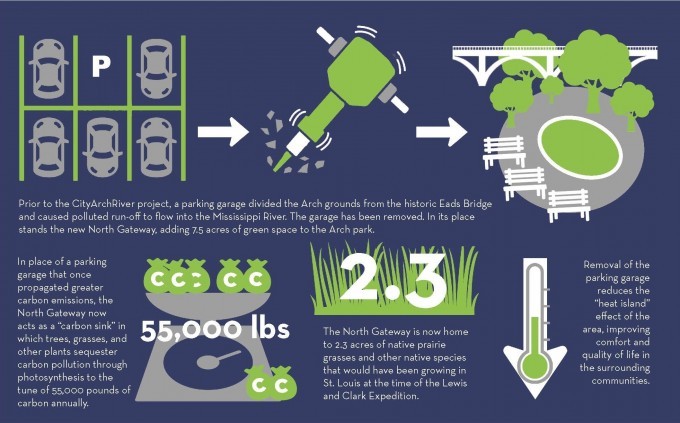
Sustainable practices within the park have been built from the ground up, beginning with imaginative innovations in soil. Once hard topsoil compacted by decades of visitors, the new soil is locally-sourced and nutrient rich, according to Lonny Boring, Senior Project Manager at Great Rivers Greenway, a major partner in the CityArchRiver Project.
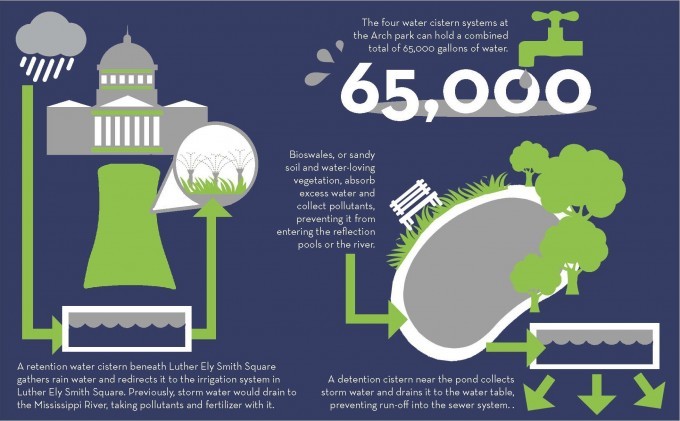
The nearly 150,000 cubic yards of soil for Luther Ely Smith Square, the all-new Kiener Plaza and the Arch park was custom mixed by Oldcastle Lawn and Garden Midwest, a local corporation of soil experts. Many different blends of soil were used for the Arch park renovations including sub-soil, tree soil, bioswale soil and structural soils. Each type is made of the same components: locally-sourced soil, sand, and nutrients. The components are combined in different ratios using a trommel screen (akin to a tumble dryer) to produce each distinctive type. The group meticulously tested the soil after every 3,000 yards of production to ensure consistency in massive batches, Boring said.
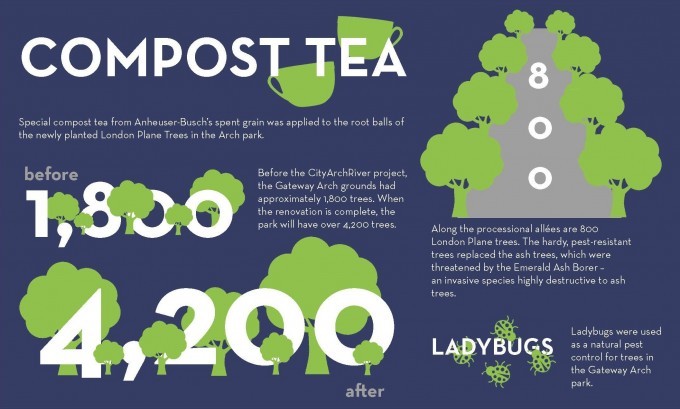
After mixing, the soil was trucked to the site and tactfully placed. Avoiding compacting the soil is critical to ensuring plant roots can penetrate the ground with ease as they grow. As such, care was taken to prevent trucks from passing over placed soil during the remaining renovations, Boring said.
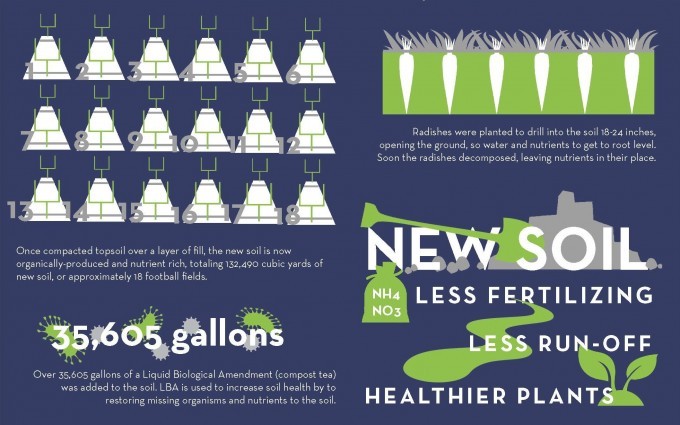
Over 35,605 gallons of a Liquid Biological Amendment, or compost tea, was added to the soil. LBA is used to increase soil health to restoring missing organisms and nutrients. According to Boring, the LBA “kickstarts” the mircrofungi and protozoa roots need to take up water. The healthier this system is, the more rapidly the plants are able to grow.
Radishes were planted in areas where specialty soils were not imported. This unusual breed of the vegetable grew 18-24 inches beneath the soil-covered surface, naturally aerating the ground and allowing water and nutrients to reach root level. When the radishes had done their job, they decomposed, further enriching the soil of the grounds.
According to Boring, quality soil is the foundation of a healthy landscape.
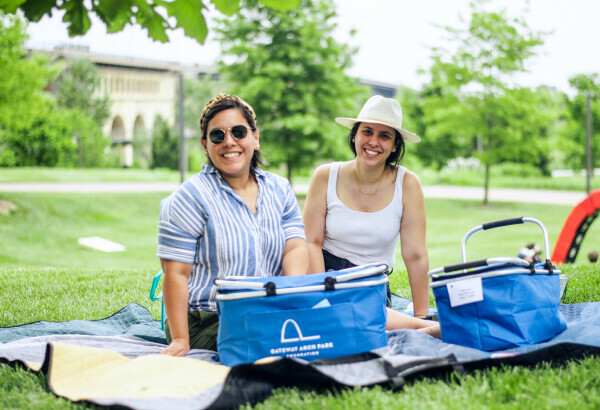
Make a difference AND enjoy a delicious catered lunch with the best views in the country. Invite your family or friends to our spring fundraiser and get your tickets by May 31.
I'm ready to picnic!